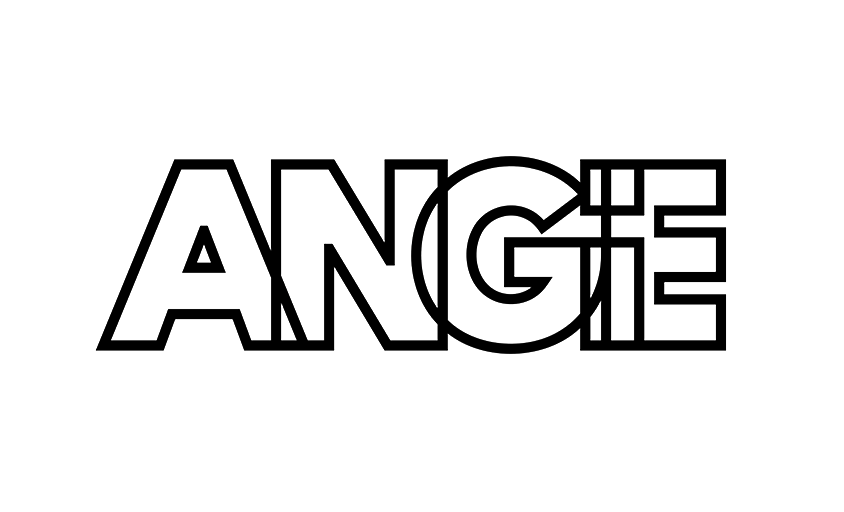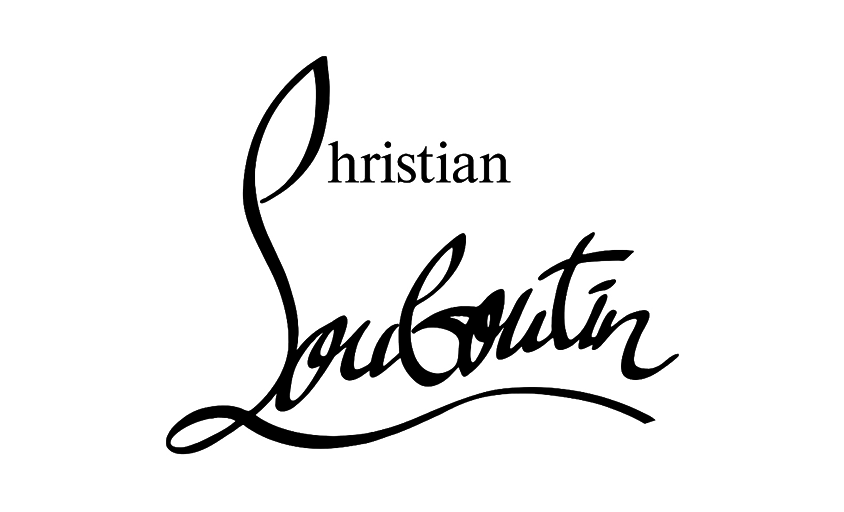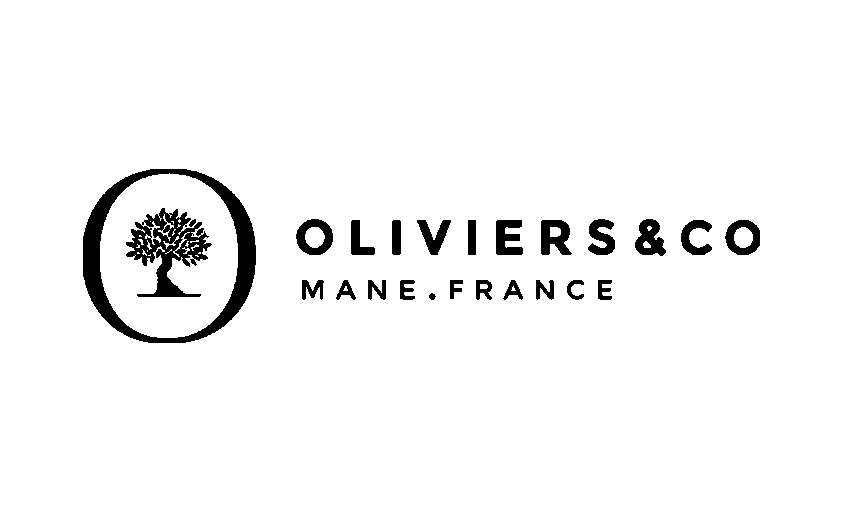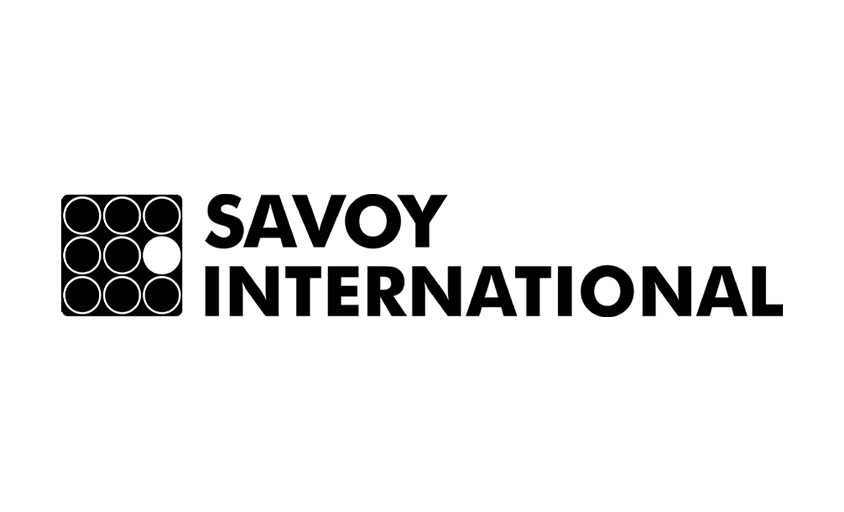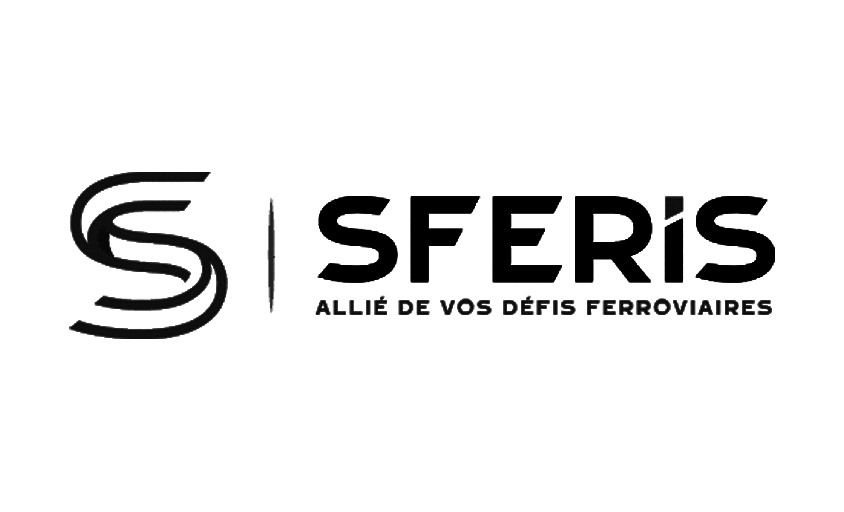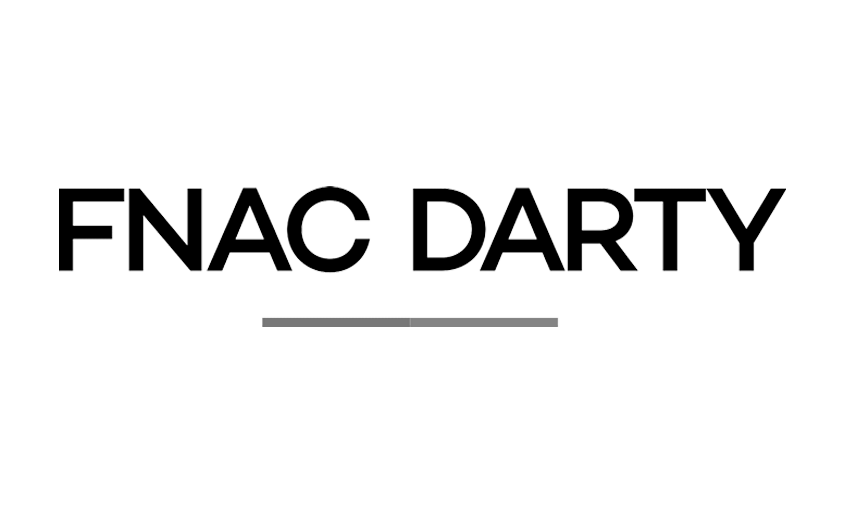The Set Designer: The Architect of Visual Atmosphere
In this article :
The set designer is a key professional in the worlds of photography, cinema, and advertising. Their role is to design and arrange sets that serve as the backdrop for shoots. In photography, especially fashion or product photography, the impact of set design on the final image is often decisive. The set designer creates the environment that supports the visual story told by the image.
This article explores this essential profession in depth, its missions, required skills, and influence in the creative process.
1. What is a Set Designer?
The set designer, also known as a set decorator or environment creator, is responsible for designing and installing sets for photo shoots, films, theater productions, or even events. Unlike a simple decorator, the set designer is not just tasked with providing decorative elements but with creating a visual atmosphere that is coherent with the overall concept of the project.
They work closely with the photographer, art director, stylist, and other team members to ensure the set perfectly supports the creative goal of the shoot or project. Their work goes far beyond simple decoration: they create a visual universe that enhances the perception of the subject or product.
2. The Missions of the Set Designer
Creation of the decorative concept
The primary mission of a set designer is to conceive a set that harmonizes with the intended image. This includes researching the mood, textures, colors, and specific elements that will reinforce the message or aesthetic of the project. Whether for a fashion shoot, product photography, or a film, the set designer must be able to bring a visual dimension that complements and supports the work of the photographer or director.
Design and planning of sets
Once the concept is defined, the set designer undertakes the realization of the set. This includes planning, selecting materials and objects needed, as well as managing logistics. They must also ensure the set is functional in terms of accessibility and safety, while respecting the technical constraints of the shoot (space, lighting, etc.).
Staging and on-site coordination
During the shoot, the set designer is responsible for the installation and final arrangement of the sets. They ensure every element is in place and perfectly lit to achieve the desired visual effect. They work in coordination with the photographer and stylist to adjust set elements in real time as needed.
3. Skills Required to Become a Set Designer
The set designer profession requires a combination of technical, creative, and practical skills. The main qualities needed are:
Creativity and aesthetic sense
A set designer must have a strong artistic vision and a keen sense of aesthetics. They must know how to play with shapes, colors, textures, and space to create powerful visual atmospheres. A good understanding of design and architecture trends is also important to ensure sets are modern, functional, and appealing.
Technical and logistical skills
The set designer must also master the technical tools necessary for designing and constructing sets. This includes knowledge of materials, lighting, and sometimes scenography or interior design. They must also be able to manage a budget and team to realize their concepts within deadlines.
Communication and teamwork
The set designer works closely with the photographer, art director, and other team members. Good communication and the ability to work collaboratively are essential to ensure the project’s creative vision is respected. They must be responsive and able to adjust set elements according to the needs of the shoot or project.
4. The Set Designer in Photography
In photography, the set designer’s role is crucial, especially in fashion photography, luxury product shoots, or advertising. The set designer does not merely provide a background or décor; they enhance the image by creating a setting that perfectly complements the product or model photographed. In high-end projects, the set designer’s work creates a coherent visual atmosphere that highlights the richness and exclusivity of the product.
At Rétines, we place great importance on the collaboration between the photographer, set designer, and stylist to ensure every image is harmonious, creative, and technically flawless. The set becomes a true actor in the image, and every detail counts to bring out the best of each photographic project.
5. How to Become a Set Designer?
There are several paths to becoming a set designer, but all require solid training in design, architecture, or scenography. Here are some steps to access this profession:
Academic training
Many specialized schools in design or architecture offer programs in set design or scenography. These programs provide a strong mastery of design tools and techniques specific to set creation.
Field experience
Experience as a set design assistant or assistant decorator is an excellent way to start in this profession. It allows practical knowledge of the techniques used in shoots or studio productions. Working alongside photographers or directors can also help build a network and gain recognition in the industry.
Networking and collaboration
Networking is essential in this field, as in many creative professions. Attending events, working with creative teams, and collaborating on various projects can help establish a foothold in the industry and open doors to new opportunities.
Conclusion
The profession of set designer is exciting and essential in the world of photography. Thanks to their expertise in design and decoration, set designers create visual atmospheres that transform every image into a coherent and impactful visual work. At Rétines, we understand the importance of this profession and how it can elevate every project. If you want to learn more about the role of the set designer or collaborate with us on your projects, please don’t hesitate to contact us.
Jérémy Carlo is the editorial director at Rétines, where he ensures the consistency and clarity of all content produced by the studio.
Our Clients
Let’s discuss
What we do for you at Rétines
Meticulous work, an organised project and fast delivery. And to achieve this, we mobilise the right resources in our teams at the right time.
01
Pre-production
Artistic and technical direction tailored to the project.
Relevant recommendations on content, form and resources.
02
Photo Shooting
Photos taken by our experienced photographers.
Production that’s controlled, efficient and tailored to the needs of the project, with nothing superfluous.
03
Retouching
Technique
Photographs magnified by our retouching team.
Post-production to meet the commercial challenges of the brief.

